April 22, 2025 | 01:30 GMT +7
April 22, 2025 | 01:30 GMT +7
Hotline: 0913.378.918
April 22, 2025 | 01:30 GMT +7
Hotline: 0913.378.918
During the start and end of the rainy season, it is usual for farmers to apply organic fertilizer to their gardens. Typically, the amount of fertilizer used ranges from 25-30kg annually. As a result, the family's cocoa garden remains consistently verdant, while simultaneously reducing costs by 30%. The effectiveness of cocoa pods, however, a significant number is still regarded as waste and disposed of, leading to environmental pollution.

Most of the cocoa pods after harvesting are still considered garbage and discarded, polluting the environment. Photo: Le Binh.
The Southeast region boasts a significant amount of agricultural by-products, totaling nearly 14 million tons. Of this amount, 7.8 million tons are derived from cultivation, while 6 million tons come from livestock manure. It is worth noting that cocoa is not the only agricultural product found in this region. The agricultural by-products in the Ho Chi Minh City region are currently underutilized, including coir, bagasse, bean residue, and durian shell.
In a bold move, certain cooperatives have been gathering by-products from agricultural production and converting them into organic fertilizer. This fertilizer is then utilized as a biological cushion for livestock and as compost for animal feed. Despite the valuable nature of this resource, its collection and treatment continue to encounter numerous challenges in regard to methodology and technology.
According to Ms. Pham Thi Thu Ha, who serves as the Director of Vu Hung Truong Hi-tech Agricultural Cooperative located in Ho Chi Minh City, the cooperative has established partnerships with various units to gather and process agricultural by-products. These by-products are then utilized as biological cushions for chicken and pig farms.
Despite efforts made by the cooperative to collect agricultural by-products, there are still several challenges that need to be addressed. The cooperative is hopeful that the local government will provide favorable conditions to increase revenue and create job opportunities for workers while also protecting the environment.
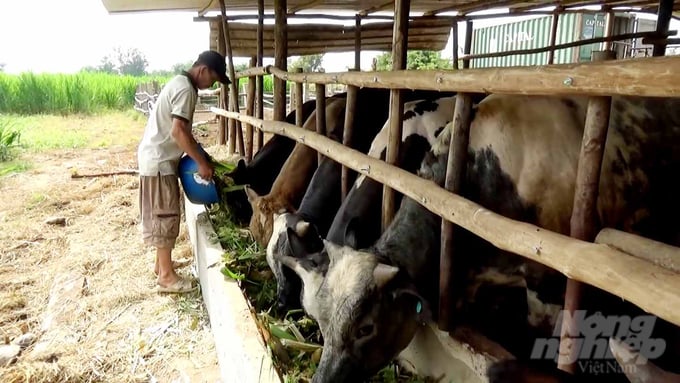
The value that agricultural by-products bring is great, but to exploit effectively, cooperatives and businesses are facing many difficulties. Photo: Le Binh.
Agricultural by-products hold significant value, as per the expert analysis. However, effectively harnessing their potential is proving to be a challenging feat. The agricultural industry is facing a lack of established procedures for collecting, preserving, and processing by-products. Additionally, there is a notable absence of legal frameworks for recycling these by-products and implementing circular agriculture. Furthermore, the potential benefits of connecting the by-product usage model with the agricultural product value chain remain unexplored.
Dr. Nguyen Van Bac, the Deputy Head of the Southern Office at the National Center for Agricultural Extension, has defined circular agriculture as a closed-cycle agricultural production process. This process utilizes waste and by-products as inputs for other production processes and incorporates scientific and technical advancements, as well as biotechnological and physicochemical solutions.
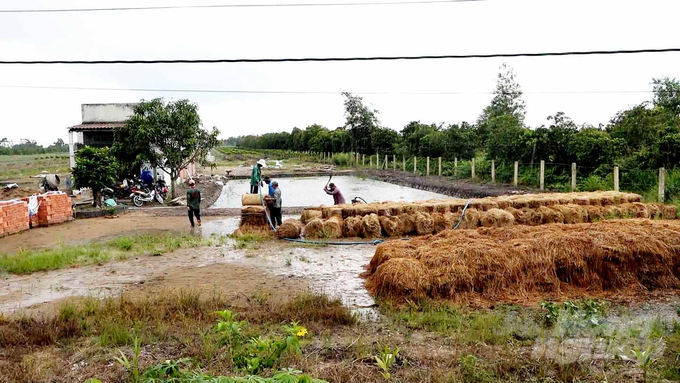
The potential and value of agricultural by-products in our country are great. Photo: Minh Sang.
In an effort to promote sustainable agricultural practices, the focus is on utilizing resources in an economical and efficient manner, while also minimizing waste and post-harvest losses. The goal is to produce safe, high-quality products while simultaneously working towards eliminating waste that contributes to environmental pollution. Additionally, efforts are being made to reduce greenhouse gas emissions, protect the ecosystem, and promote human health.
The agricultural by-products in our country hold immense potential and value, according to experts. According to recent research, the biomass of agricultural by-products from major crops including rice, corn, sugarcane, and various vegetables can potentially offer a significant amount of organic fertilizer, urea, single superphosphate, and potassium sulfate.
Specifically, it has been estimated that this yearly supply could amount to 43 million tons of organic fertilizer, 1.8 million tons of urea, 1.6 million tons of single superphosphate, and 2.2 million tons of potassium sulfate. Despite being a valuable renewable resource for replenishing soil nutrients and supporting crop growth in agriculture, a significant amount of this nutrient goes to waste.
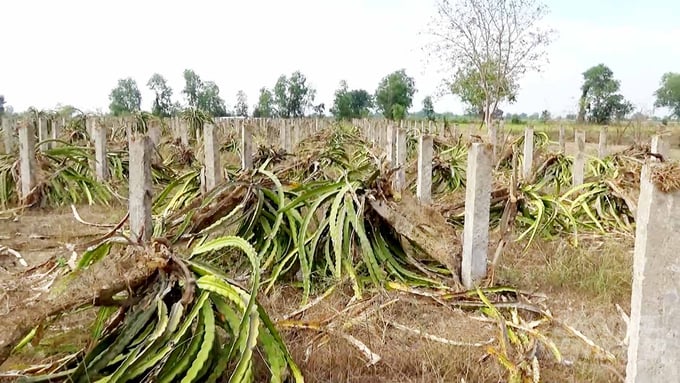
Currently, agricultural by-products are quite a lot, if used to make animal feed or as organic fertilizer, it will bring great economic benefits. Photo: Minh Sang.
The Ministry of Agriculture and Rural Development has reported that the agricultural by-product supply in our country is estimated to be around 160 million tons per year. Out of this, approximately 90 million tons are derived from crop harvesting and agricultural product processing, while the remaining 62 million tons come from cattle and poultry manure in the livestock industry.
According to recent reports, a significant portion of a valuable resource is being squandered. Approximately 46% of dried straw and fruit peels are being burned, while only 23% of waste in the livestock industry is being utilized for the production of organic fertilizer. The potential of by-products from seafood processing is not fully utilized as they are only being used for fishmeal, collagen, and gelatin, resulting in a relatively low value.
According to experts, the source of organic fertilizer is expected to see a significant increase in the coming years. By 2025, it is projected to reach 40 million tons and by 2030, it is expected to further increase to 50 million tons, provided that the process is executed effectively. Vietnam is currently in the process of developing a circular agricultural economy that is closely linked with green growth. As part of this effort, there is a need to complete a crucial step in order to promote the economy through the creation of high-value by-products.
Despite the importance of waste management, agricultural by-products, and training and technical guidance for production facilities, some localities have yet to prioritize these areas. According to Dr. Nguyen Van Bac, Deputy Head of the Southern Office - National Center for Agricultural Extension, a majority of crop residues, over 80%, are either discharged directly into the environment or burned, leading to environmental pollution. Only a small percentage, approximately 10%, are utilized as fuel on-site, while 5% are utilized as industrial fuel and 3% as animal feed.
Translated by Linh Linh
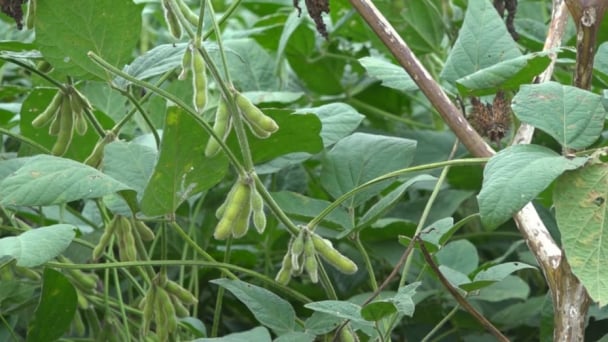
(VAN) A soybean processing plant in Lancaster County, South Carolina is expected to close this spring, officials confirmed Monday.

(VAN) The Central Veterinary Diagnosis Center (Department of Livestock Production and Animal Health) has proposed tightening the mechanisms for monitoring and ensuring transparency in the testing information provided by private laboratories.
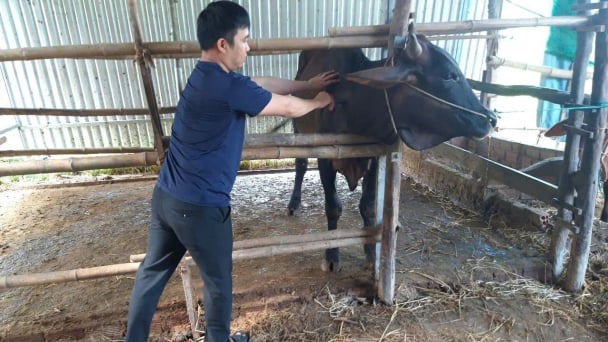
(VAN) Not only does vaccination protect livestock against dangerous diseases, but it also brings sustainable economic benefits to farmers.
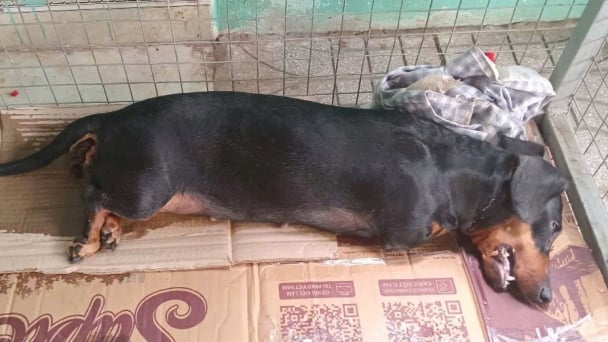
(VAN) Since the beginning of the year, Dong Nai has recorded 8 rabies outbreaks, resulting in 2 deaths due to unvaccinated dogs being let loose on the streets.

(VAN) Green finance needs to undergo global reform to ensure capital flows to the right places, at the right time, and supports a just green transition.
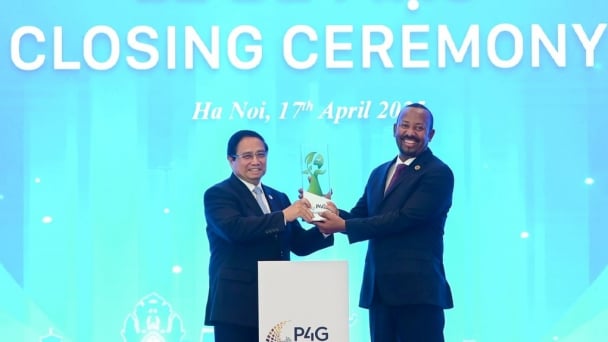
(VAN) On the afternoon of April 17, Prime Minister Pham Minh Chinh chaired the closing ceremony of the P4G Vietnam Summit 2025, with the theme 'Sustainable and People-Centered Green Transformation.'
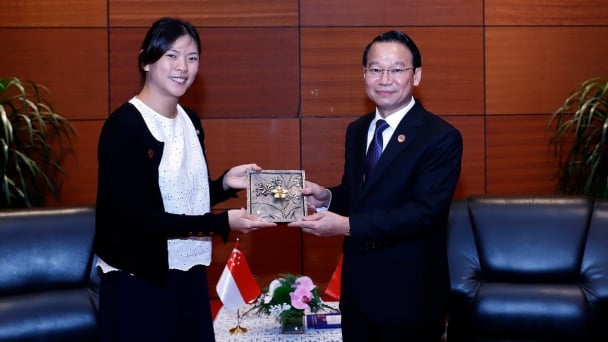
(VAN) Vietnam and Singapore are poised to sign the Paris Agreement and collaborate on implementing large-scale renewable energy projects that are mutually beneficial.